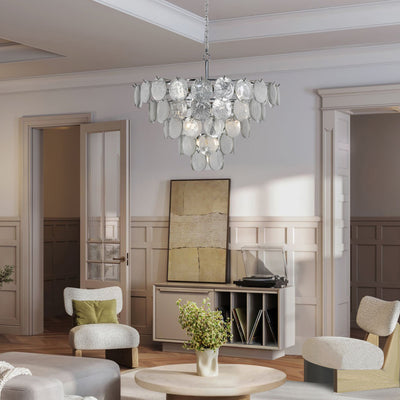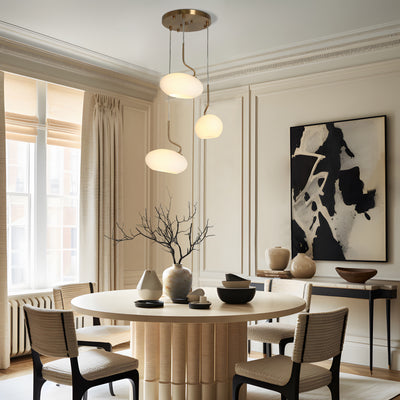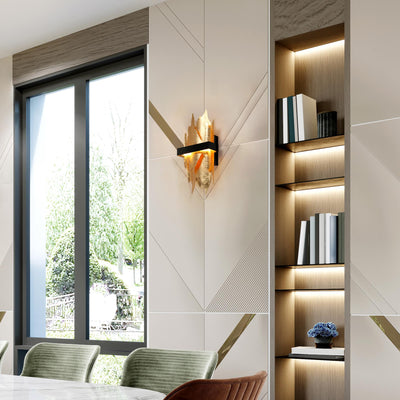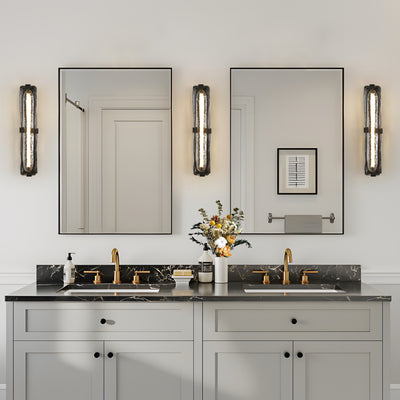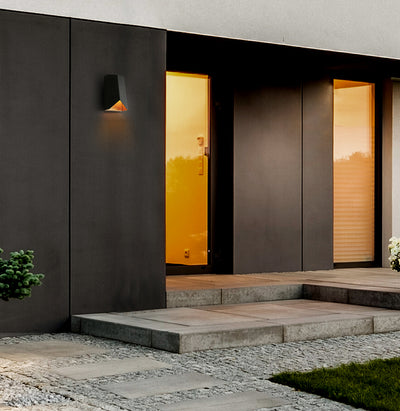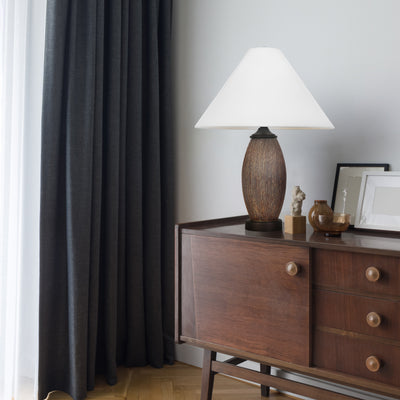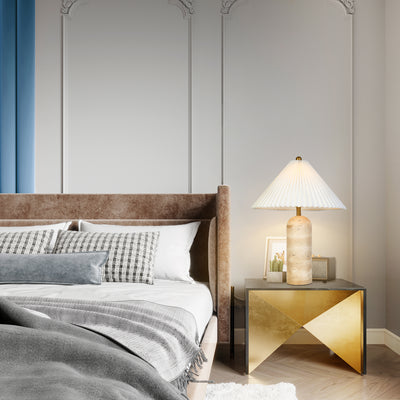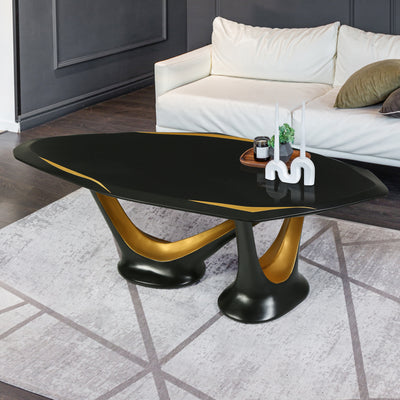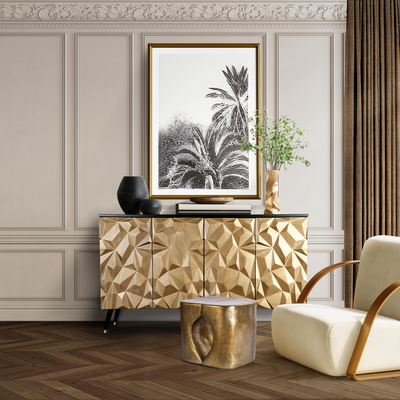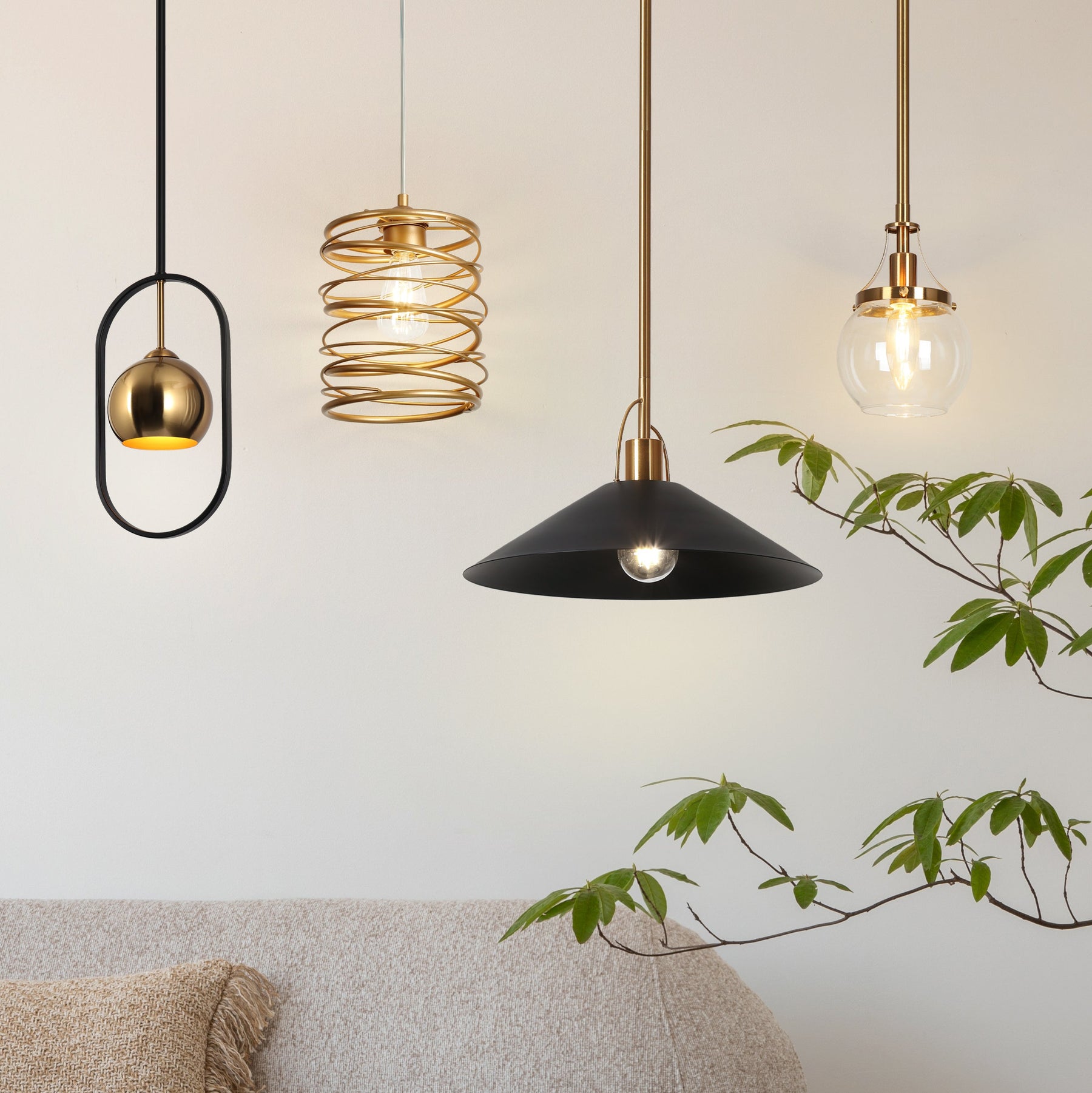
What Color Light Is Best for Your Kitchen, Bathroom, or Bedroom?

You’re not alone. From color temperature to size and ceiling height, a few key details can make or break the look and feel of a room. The space looks great. The furniture works. But the lighting feels a little off. Maybe your kitchen feels gloomy, or your bedroom is way too bright to relax. Often, it’s not the bulb itself — it’s the color temperature of the light.
Here’s a simple guide to choosing the right color light (measured in Kelvins) for every room in your home.

First, What Is Color Temperature?
- 2700K–3000K = Warm White (like candlelight or a sunset)
- 3500K–4000K = Neutral White (like a bright morning)
- 5000K+ = Cool White/Daylight (like direct noon sunlight)

What Color Light Is Best for the Kitchen?
- Go with 3000K to 4000K. This range gives you bright, clear light that’s perfect for chopping, cleaning, and cooking, while still feeling warm enough for open-concept layouts.
What Color Light Works Best in the Bathroom?
- Try 3500K to 4000K for vanity lighting. It’s bright and natural, so colors look accurate (great for makeup or shaving).
- For a relaxing bath or spa feel? Add a secondary warm light source (2700K) with a dimmer.
What About Bedrooms?
- Stick to 2700K to 3000K. It’s cozy, calming, and great for reading or relaxing.
- Consider layering in a bedside lamp or sconce with the same warm tone.
Living Rooms, Dining Rooms & Everywhere Else
- Lounge, relax, or entertain? Warm light (2700K–3000K) adds a welcoming glow.
- Need to focus or clean? Neutral white (3500K–4000K) is a safe pick.


